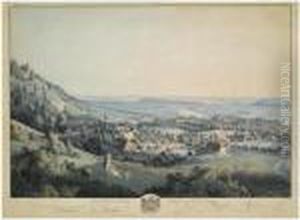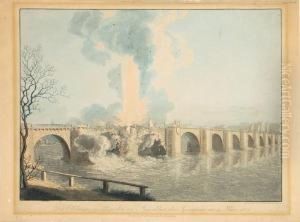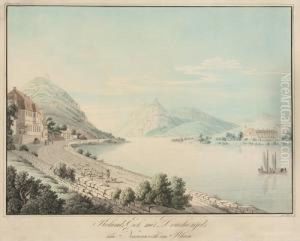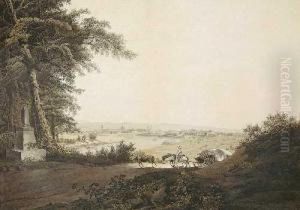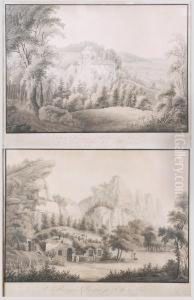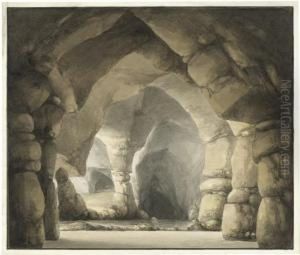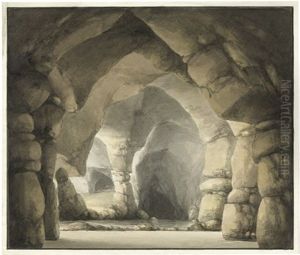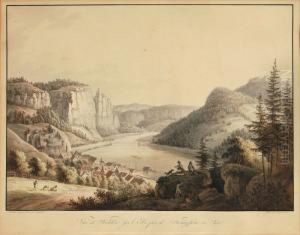Johann Friedrich Wizani Paintings
Johann Friedrich Wizani was an Austrian painter and graphic artist whose work spanned the late 19th and early 20th centuries. Born in 1879 in Austria, Wizani is often associated with the stylistic movements that bridged the transition from traditional to modern art within the Austro-Hungarian Empire, particularly in the realm of Secessionist and Art Nouveau styles that were prevalent during his early career. Although not as widely recognized as some of his contemporaries, Wizani's contributions to the art world are notable for their unique blend of realism and decorative elegance.
Wizani's artistic journey began with his education at various prestigious art institutions, where he honed his skills in painting and graphic design. He was deeply influenced by the vibrant cultural scene in Vienna during the turn of the century, which was a melting pot of artistic innovation and experimentation. His work often reflected the characteristic themes of the era, including an interest in natural forms, a penchant for stylization, and an exploration of new printing techniques, which he applied to both his graphic and painted works.
Throughout his career, Wizani exhibited his works in numerous shows and was a part of the vibrant community of artists contributing to the cultural life of Austria and beyond. His art captured the spirit of his time, embodying the shifts in societal values and aesthetics. Despite facing the challenges posed by the two World Wars and the changing landscape of the art world in the first half of the 20th century, Wizani's work remained relevant and continued to evolve.
After his death in 1955, Johann Friedrich Wizani's contributions to art were celebrated by art historians and collectors, who appreciated his ability to blend traditional techniques with the emerging styles of his time. Though he may not have achieved the same level of fame as some of his peers, his work is a testament to the rich artistic heritage of Austria and the enduring appeal of combining the past with the progressive ideas of the modern era.
